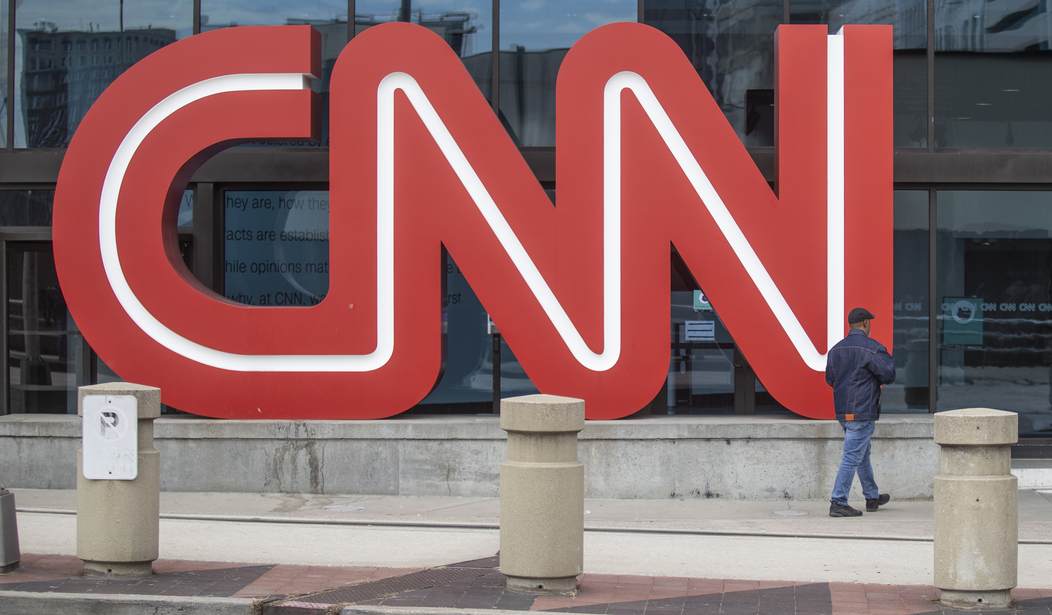In the days since the unceremonious demise of CNN+ after a short-lived existence, more information has emerged about what CNN's executives hoped to do with its streaming platform...and it's incredibly on-brand for the cable news outlet that claims to be the "most trusted."
According to presentations obtained and reported by Axios, CNN+ was expected to become *more* profitable than CNN's cable channel that typically makes around $500 million profit per year. As has become clear since last week's announcement that CNN+ would be shut down, its new parent company Warner Bros. Discovery was not enthused by the entry into premium streaming content. "The service also did not fit in with Discovery's broader plans to create one giant, general entertainment streaming service," Axios noted.
SCOOP: CNN+ execs projected that within the next decade, CNN+ would be more profitable than the company's cable arm today, according to data from a March '22 pitch deck. https://t.co/vv2QAHLDfL pic.twitter.com/b9TWsLFYHI
— Axios (@axios) April 26, 2022
The pitch materials, per Axios, show "[f]inancial projections were based on internal CNN+ research that assumed CNN+ could one day attract nearly 30 million global subscriptions from a total addressable market of roughly 72 million people."
Those groups of potential subscribers were broken down to include "29 million 'CNN super fans,' 24 million 'news and non-fiction SVOD (subscription video on demand) fans,' and 36 million 'global news consumers' (people who already paid for a news subscription." Huh?
Recommended
How delusional are the people inside CNN?
— Saagar Enjeti (@esaagar) April 26, 2022
They believed there are 30 MILLION "CNN Superfans" who would pay for their product pic.twitter.com/fWcv6XPnmf
In 2021, CNN's top-rated show was Anderson Cooper 360, which was number 25 overall in cable news viewership — according to AdWeek — drew an average of 1.255 million viewers for his 8:00 p.m. ET show. But CNN thought there were 29 million superfans who'd pay for more content from the source they barely already watch compared to Fox News.
In any case, CNN's leadership saw the roughly 150,000 CNN+ subscribers as a success, but Warner Bros. Discovery executives apparently did not. And while CNN pushed for the streaming platform as an "off-ramp for CNN's linear TV network," their own market research showed dubious conclusions about consumers' interest for paid streaming news.
Per Axios:
Internal research for CNN+ from a May 2021 research document obtained by Axios shows the value proposition for a paid news video service was never clear for consumers, who were increasingly suffering from news fatigue.
"We did not hear a self-declared appetite for more premium live news shows from any of our personas," the research concluded, based on 18 one-hour interviews with potential CNN+ customers.
So, despite their own research showing consumers were sick of news (and even more sick of CNN), CNN+ plunged ahead with its launch — that didn't include some of the biggest streaming devices and smart TVs — believing that they had nearly 30 million "super fans" along with others who would jump at the opportunity to fork over their cash to see even more of Brian Stelter. No wonder it lasted barely one month before being (perhaps mercifully) killed by Warner Bros. Discovery.

























Join the conversation as a VIP Member